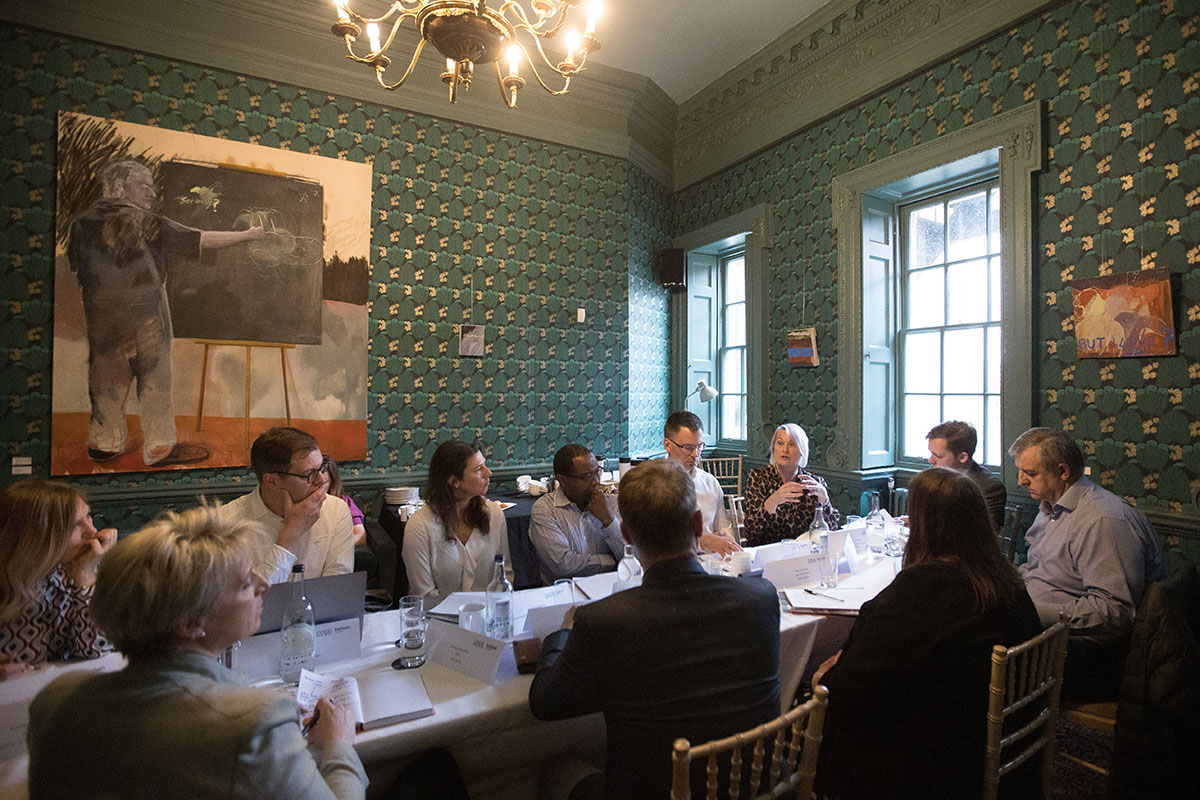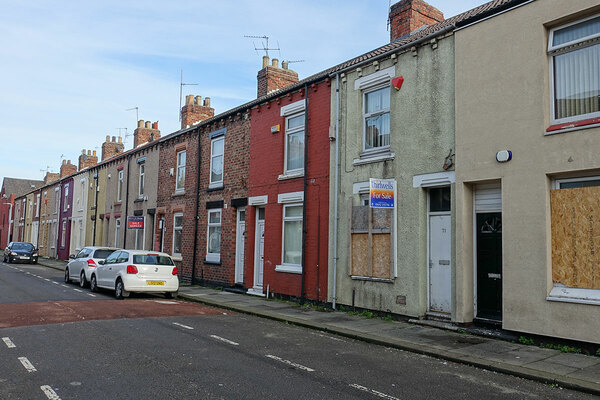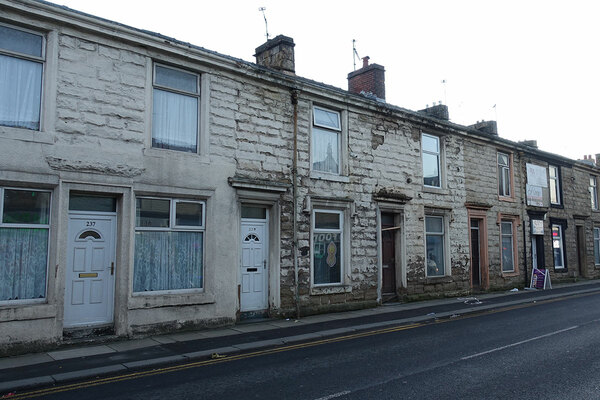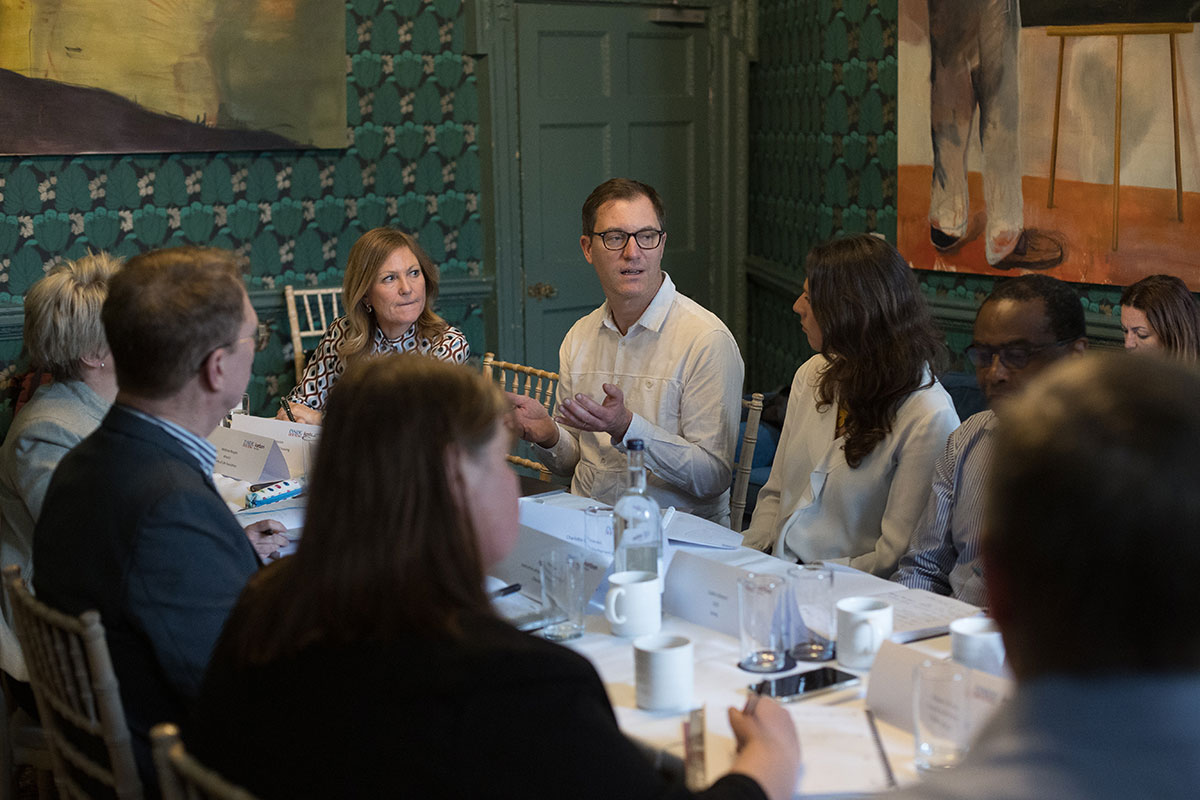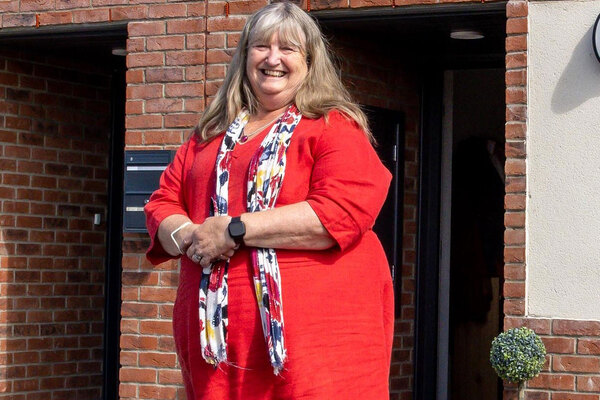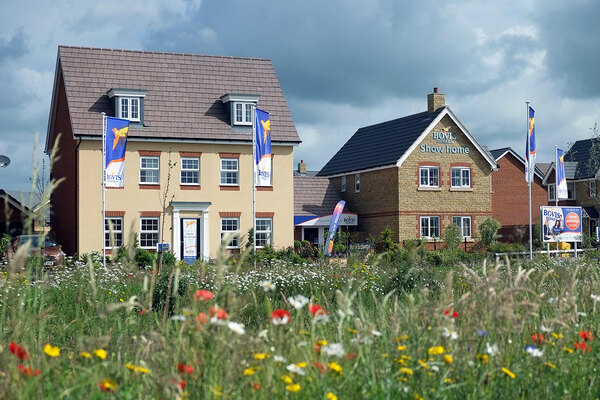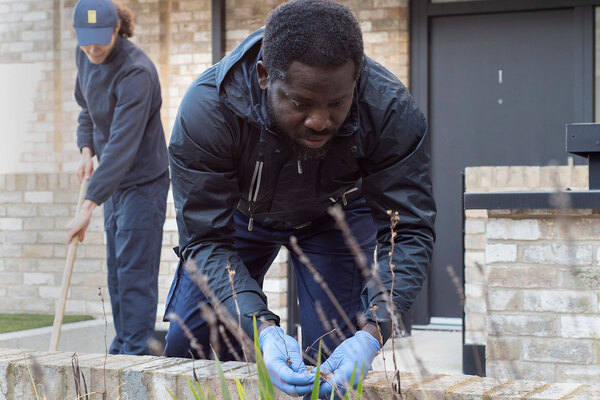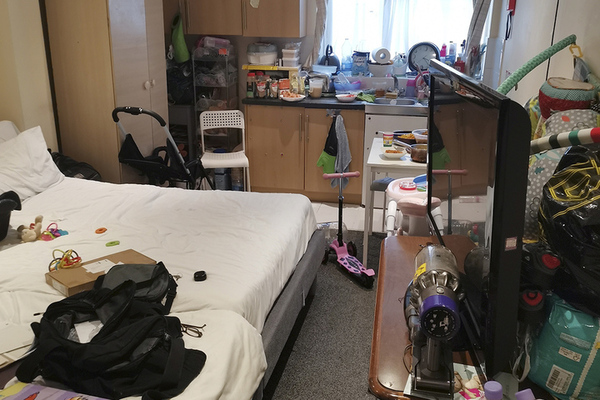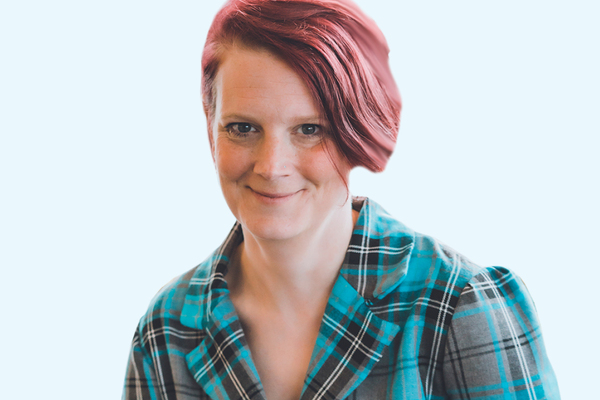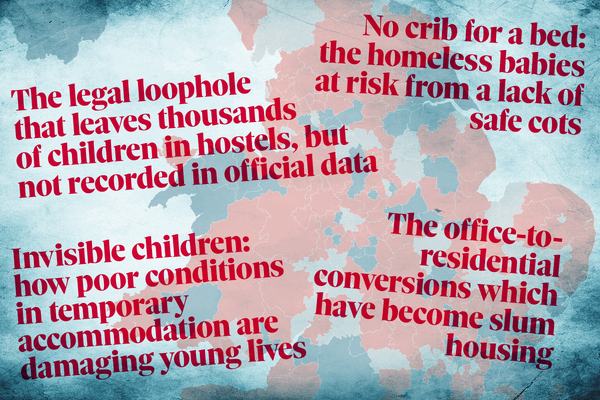How the housing sector can help left-behind places
Inside Housing and Karbon Homes brought together housing professionals to discuss how to improve the lives of people in disadvantaged communities. Photography by Belinda Lawley
In association with:

Left-behind areas have been – as the name suggests – left behind. They are rarely talked about in policy, and there is a lack of concerted action to approach regeneration in a way that really increases the spending power of people who are living in poverty in disadvantaged communities.
Earlier this year, Karbon Homes published a rallying cry to change that, in a report called Fair Foundations: a new movement for left behind places. Now, Inside Housing and Karbon Homes have brought together experts from across the social housing sector to discuss these ideas further, and the role that social landlords can play in this new movement.
Dr Charlotte Carpenter is executive director of business development and growth at Karbon Homes. She notes that the spiralling cost of living crisis is having a disproportionate impact on the lowest-income households, and a knock-on impact on the strength of the foundational economy – the essential goods and services that people rely on every day.
In left-behind areas, concentrations of stressed households are paying a high price for essentials – such as rent, food and energy – and therefore have little residual income left to spend locally, which creates depressed districts.
It is one of the reasons Karbon Homes is calling for a new approach to supporting left-behind areas and helping its residents prosper. This would include changes to the tax and benefits system, which currently traps people in poverty by imposing high marginal rates of loss on additional pay for the low-income households that need it most.
“At the very lowest income levels, very little of any increase in pay trickles down to people’s residual household income because of the way that the tapering of Universal Credit works and the way the taxation system works,” says Dr Carpenter.

“As a sector, we need to work with communities to create sustainable change, ensuring that as well as having access to an affordable, good-quality home, our residents have more spending power in their pockets,
so they can lead a good quality of life and contribute to the growth of the area they live in.”
Matthew Morgan, director at the Quality of Life Foundation, points to a number of other factors that have an impact on people’s lives, health and well-being. For instance, do they have access to green space? Do they feel safe? Can they walk or cycle to the shops easily? Mr Morgan admits that these problems cannot be solved with the push of a button, but he also says that relatively simple changes to the built environment can make a big difference.
“It could be better walking routes, places for people to congregate, or play spaces for children. It can be benches for older people who struggle to move from one point to another without some place to pause to rest.”
It is crucial that local people are involved in any change initiative so that they feel in control of their own destinies, Mr Morgan says.
“That could be through community champions, or through a committee that will hopefully bring in different voices that aren’t necessarily the ones that are always heard. And just talk to people, not only to get their input, which is useful in itself, but also to get their trust in the process.”

Hope is often missing in deprived areas, says Susie Thompson, executive director of housing at Gentoo Group. It is one reason Gentoo has decided to invest some of its social value funding programme, which helps to raise aspirations and develops the skills of young people, in left-behind communities.
“It’s about talking places up, not talking them down,” she says. “For me, in terms of helping those communities to flourish, it’s about changing the rhetoric on them… It’s about people realising that they can actually help themselves with a bit of assistance [rather than solutions being imposed on them].”
Connie Jennings, director of stronger communities at WHG, agrees. “The best option for people is to get a job – but, unfortunately, a lot of our customers are unwell,” she says, noting that if someone is disabled or has a chronic illness, it can be difficult for them to find work. “So we’ve got to intervene much earlier… And most people, if you give them support, encouragement and validation, will self-actualise and get to where they need to get to. But we have to invest not just in buildings – we have to invest in people, because people make our places.”
For example, WHG has a Community Champions initiative that employs local people to engage with – and be the voice of – their communities.
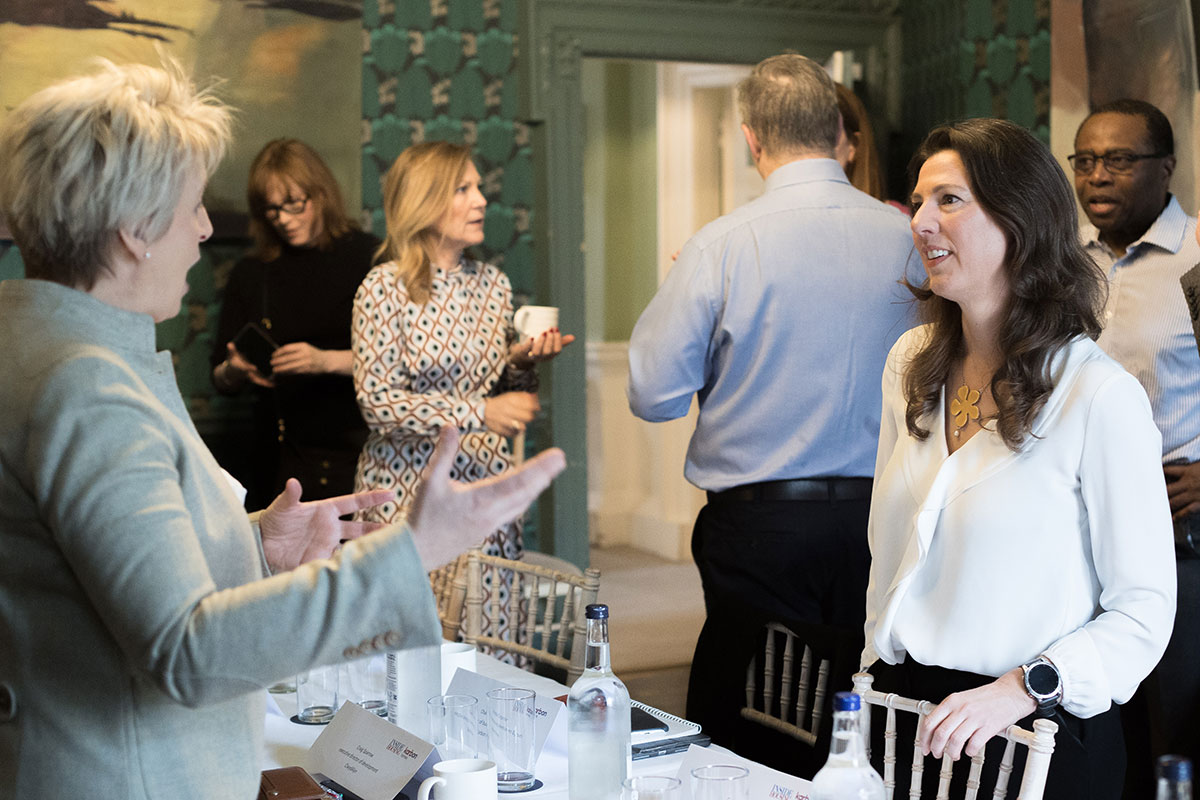
Giving people skills and empowerment means they will be able to renew themselves indefinitely, argues Emma Osmundsen, chief executive of Sixty Bricks, Waltham Forest Council’s housing development company.
“[We need to look at what we] should do to put in the infrastructure to allow people to flourish, to grow, to stay within their neighbourhoods and ensure that we are truly creating… those 15-minute neighbourhoods so that people don’t have to go elsewhere,” she says. “What they can get is within their communities, being provided by people that live there and work there.”
Scarcity of land can be an issue, Ms Osmundsen says. “So it’s about how do we utilise the small amount of public sector land we’ve got and prioritise that to meet the greatest housing need? But at the same time ensuring that we create mixed communities where people have aspiration, hope and real sustainability in the long term.”
Andy Gamble, executive director of growth and assets at Yorkshire Housing, believes that organisations like his should be involved in developing – and then using – the skills of local people in deprived areas.
“I think local social enterprise would be the way forward, particularly around the retrofit agenda,” he says. “We think we can train and establish groups of customers and businesses to install external wall insulation, PV, air source heat pumps, etc… putting some wealth and money back into the community.”

Blossom Young, head of operations at London housing association Poplar HARCA, agrees that it is imperative to support local enterprise.
“A lot of the work we’re engaged in at the moment is about how do we support small business… [and] the people in the community who want to engage in enterprise?” she says. “How can we use the resources we have to facilitate that? We’ve developed Poplar Works, where we’ve converted a set of disused garages into 45 small business studios focused around the fashion industry, growing industry in the area and creating a breadth of jobs and opportunities.”
Unity Homes & Enterprise, based in Chapeltown, Leeds, provides affordable workspaces for local businesses, social enterprises and third sector organisations.
“We have about 140 business units spread around Chapeltown,” says Cedric Boston, Unity’s chief executive. “We use these units to encourage local people to set up their own businesses. We believe ingenuity is everywhere, and we provide them with the support and the help to do that. Those 140 units create employment for about 742 people, many of whom come from the local area… So it is a sort of self-help model. But what it does is create a local economy where there wasn’t one before.”
He admits that if Unity did not provide the units, the businesses would probably still exist, but they would not be located – and therefore provide development opportunities – in that particular area.
Mr Boston also believes that housing associations need to focus on people so that they can build up their resilience and recognise their full potential, although he says that getting residents’ engagement in the first place can be difficult. Once established, however, it is vital “to work with them long term, as they submit job applications or start their businesses and have setbacks and need engagement and support”.
Supporting and nurturing talent is one way to help. Cutting people’s bills is another. Craig Sparrow, executive director of development at ClwydAlyn, stresses that building low-carbon homes is an important way to help people on low incomes. “It’s brilliant that we’re now building homes that cost £10 a week for heat and hot water,” he says, noting that the idea of ‘zero bills’ homes is potentially not that far away.
“Where we operate, we have to look at local incomes – which are low. We work on a 28% model [where a household spends a maximum of 28% of its gross monthly income on housing expenses]. We have relatively low rents in Wales because we have more grant funding. We’re able to build these homes – and it’s about that investment.”
Ultimately, when building low-carbon homes, housing associations have to be prepared to put money in that they won’t get back, says Mr Sparrow, “because it’s just the laws of economics. It costs more to do”.
Karbon Homes welcomes the change in grant funding rules towards greater devolution and area-based criteria, rather than national financial metrics. Yet one funding issue that interests Rob Loughenbury, director of strategy at Onward Homes, is the amount of flexibility there is in Homes England’s grant funding, “and particularly when it comes to the net additionality rule and the ability to get grant funding for replacing homes”.
Mr Loughenbury points to an Onward scheme in Preston that involves demolishing around 160 homes across three tower blocks and replacing “more than 160 homes depending on how plans stack up. But we could only get potentially grant funding for the additional homes over 160 – whereas if we could get grant funding for the full scheme… it will be a much better place as a result”.
In future, housing associations have to think outside the box for funding answers, Ms Osmundsen believes. “Part of looking to the future is about how do we create creative partnerships? How do we work more collaboratively? And how do we have more equal relationships, not just with [local/regional authorities] but also with private partners? And how do we ensure that we are comfortable with collectively working together? Because none of us can do it in isolation.”
It is clear that a Herculean effort is required from a range of stakeholders, including the social housing sector, if ‘levelling up’ is going to be anything other than a slogan.
Participants
Peter Apps (chair)
Deputy editor, Inside Housing
Cedric Boston
Chief executive, Unity Homes & Enterprise
Dr Charlotte Carpenter
Executive director of business development and growth, Karbon Homes
Andy Gamble
Executive director of growth and assets, Yorkshire Housing
Connie Jennings
Director of stronger communities, WHG
Rob Loughenbury
Director of strategy, Onward Homes
Matthew Morgan
Director, Quality of Life Foundation
Emma Osmundsen
Chief executive, Sixty Bricks
Craig Sparrow
Executive director of development, ClwydAlyn
Susie Thompson
Executive director of housing, Gentoo Group
Blossom Young
Head of operations, Poplar HARCA
